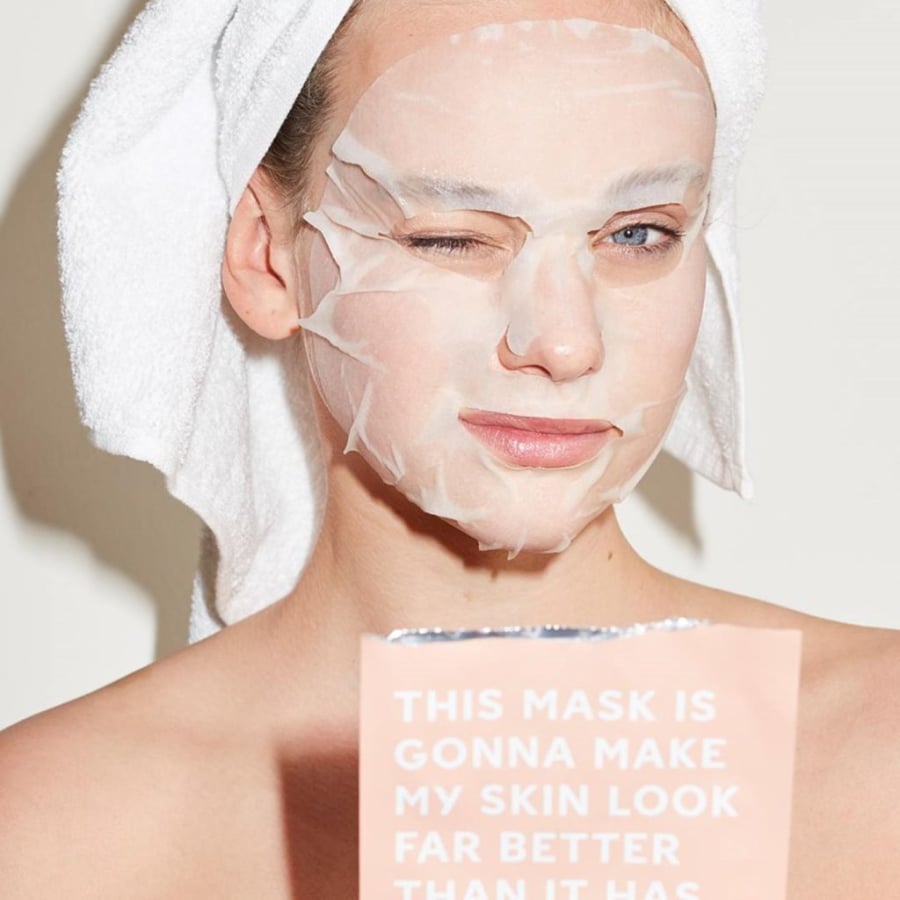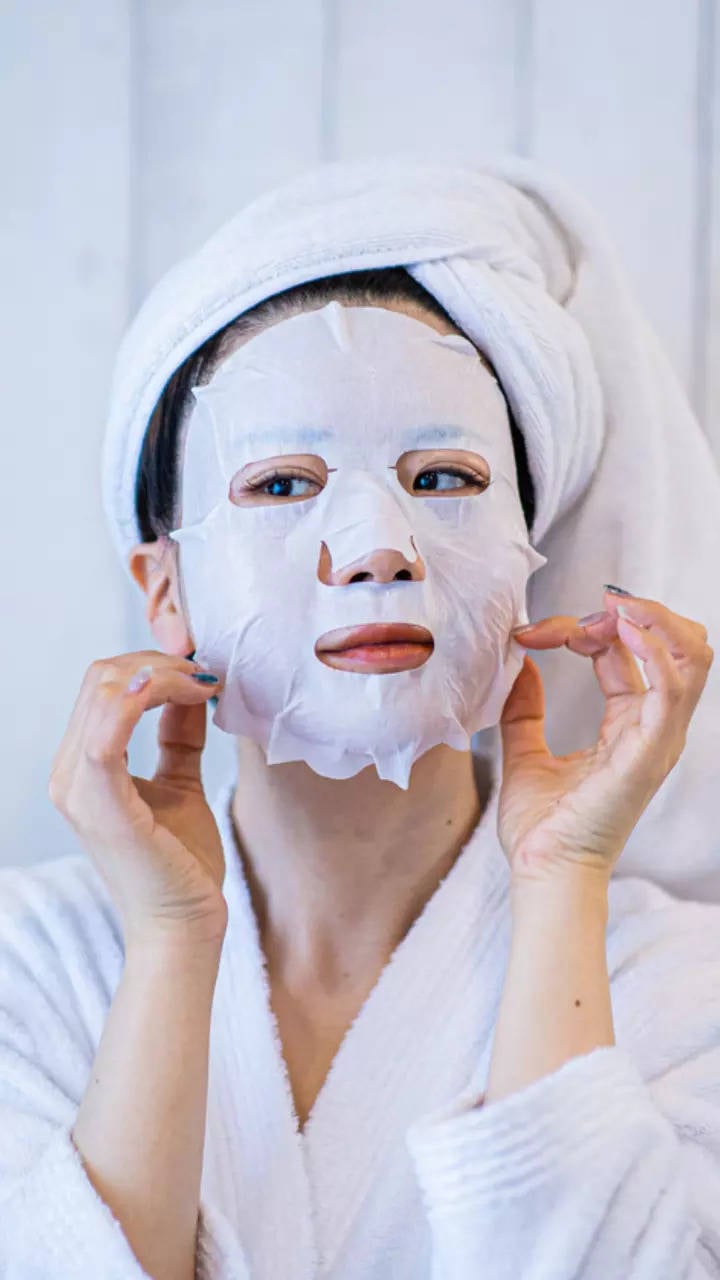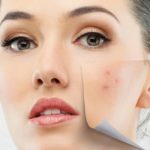Masking time
You can use a mask at any time of the day. Alternatively, applying a mask in the evening will provide a relaxing feeling for a good night’s sleep. In addition, when your skin is dry and lacking moisture, it is the time when you need a mask the most. If your skin is dull and tired, you can also use a sheet mask.
Acne-prone skin also has masks that help reduce inflammation, redness, and quickly dry out pimples with outstanding ingredients such as tea tree, salicylic acid…

What to use before applying a mask
You should remove makeup and cleanse your face; or use an exfoliator. When the pores are open, nutrients can be easily absorbed into the skin. Choose pre-serum products, boosters, toners, or products that contain moisturizing ingredients like Hyaluronic acid.
How long to keep the mask on?
The recommended time is from 15 to 20 minutes, some types up to 30 minutes. However, when the sheet mask is still damp and not dry – especially on the forehead and nose – you can still leave it on your skin.
For dry skin or when you are in a dry environment with low humidity, the mask will dry out faster. If after 20 minutes or even 30 minutes, the mask is still wet, you can leave it on for longer. But also note not to let the sheet mask completely dry out on the skin. Because when the sheet mask starts to dry out, it will absorb moisture from the skin.

Do I need to wash my face after using a mask?
For sheet masks, whether or not to wash your face after applying it depends on the moisture level of your skin after using the mask. If after applying the mask and letting the skin dry for about 10 minutes, it still feels sticky and heavy, you can use a facial spray. If after 10 minutes from removing the sheet mask, you feel comfortable and there are no signs of clogged pores, you can leave it on.
After applying a mask
For sheet masks with high moisturizing properties or on lazy days, you don’t need to moisturize your skin further. However, if you are perfectionist in skincare or feel that the sheet mask has not provided enough nutrients to the skin, you can still apply serums and moisturizers right after using the mask.
How often to apply a mask in a week?
If it is a wash-off mask with cleansing properties, you should only use it 2-3 times a week. Some wash-off masks have moisturizing and repairing functions, you can use them every day.
Advice on Using Facial Cleansers for Acne-Prone Skin
If you are concerned about acne skin care, then look no further! This article will explore the benefits of using a facial wash for acne-prone skin and provide advice on how to select and use an effective face wash. Keep reading to learn more!
Affordable High-Quality Toners for Acne-Prone Skin – Top 5 Picks
Are you looking for an effective way to nourish your acne-prone skin? If so, finding the right toner is essential. We’ve gathered five of the highest-rated student-approved acne toners currently on the market. Keep reading to learn more about the best picks for keeping your skin healthy and refreshed.
Uncover the Most Effective Acne Treatment Masks for Nourishing and Caring for Your Skin
For anyone battling acne, two particular types of acne masks have been shown to be especially effective in treating skin issues and replenishing moisture to the skin. If you’re searching for a fast and convenient way to keep your skin looking and feeling its best, these two types of acne masks are a must-have.






































